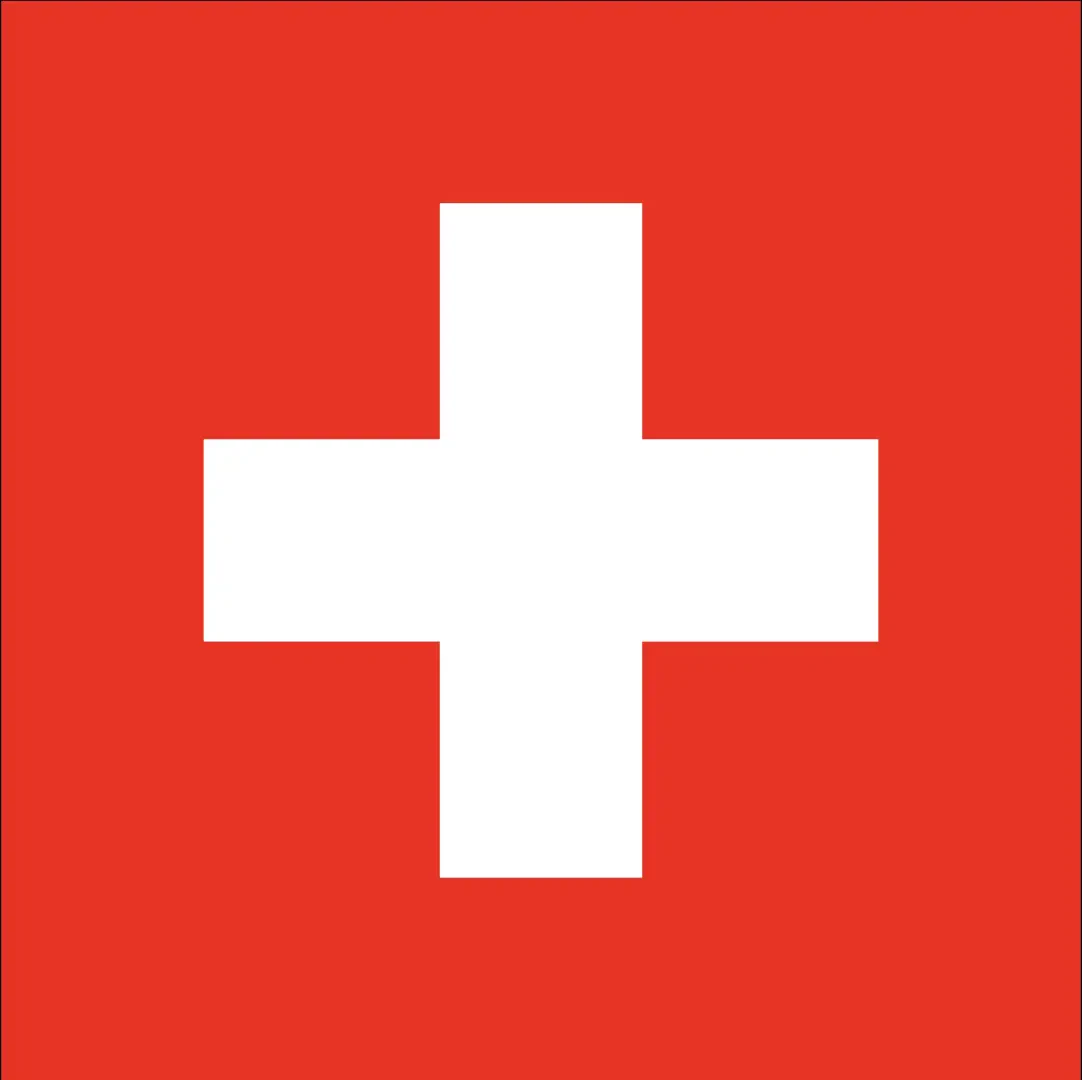Switzerland

Access
The connections are ensured by an efficient network of roads, railways and tunnels, with the Gotthard base tunnel as a symbol of contemporary Swiss engineering.
Introduction
Switzerland, officially called Confoederatio Helvetica (in Latin), Schweizerische Eidgenossenschaft (in German), Confédération suisse (in French), Confederazione Svizzera (in Italian) and Confederaziun svizra (in Romansh), is located in the heart of central Europe. The predominantly alpine and landlocked territory covers an area of 41,285 km², encompassing three major geographical areas: the Alps, the Plateau and the Jura. The Alps, which occupy about two thirds of the state, form the 'roof of Europe', with famous peaks such as the Dufour Peak (4,634 m), Switzerland's highest elevation, and the Pennine Alps. The lowest altitude in the country is 193 metres.
Description
Switzerland borders Germany to the north, Austria and Liechtenstein to the east, Italy to the south and France to the west. Its territory, traversed by the main north-south European communication routes, is home to sources of important waterways (Rhine, Rhone, Ticino, Inn) that convey water to four different seas. The central plateau is home to most of the population, while the mountains and Alpine valleys remain areas of great environmental value and limited population density. Switzerland has about 6% of Europe's freshwater reserves, including lakes, glaciers and rivers.
Administratively, Switzerland is a federal republic consisting of 26 cantons and 2,352 municipalities. The capital is Bern, seat of the main federal institutions; other important cities are Zurich, Geneva, Basel and Lausanne. As of 2013, the population numbered more than 8 million inhabitants, called Swiss, characterised by an extraordinary linguistic and cultural diversity. There are four official languages: German, French, Italian and Romansh.
The historical background of Switzerland is marked by a long tradition of local autonomy and neutrality. The Swiss Confederation was founded in the 14th century by an alliance of Alpine communities and developed through a complex history of cantonal autonomy, international relations and social progress. Berne has played a key role since its foundation in 1191, becoming the federal capital in 1848 after serving as a centre of trade and commerce on the Alpine routes.
Switzerland is known for its political stability, direct democracy and a strong economy based on banking services, mechanical engineering, pharmaceuticals and tourism. Its environmental peculiarities favour productive activities such as Alpine agriculture, animal husbandry and handicrafts. Each canton retains its own traditions, which are expressed in popular festivals, religious celebrations and cultural events. The national flag, square and characterised by the white cross on a red background, is almost unique in the world, shared only with the Vatican State.
In terms of nature, Switzerland is home to 20 nature parks, including the Swiss National Park, the oldest of the Alpine countries, founded in 1914. Among the valuable areas are the Gantrisch Nature Park, the Jorat Forest, the Pfynwald Reserve and the Binntal Landscape Park, all of which are the custodians of rich biodiversity, forest habitats and significant geological phenomena. The 'bisses' of the Valais, ancient irrigation channels, testify to the ingenuity of Alpine communities in adapting to the environment.
Numerous UNESCO sites, such as the historic centre of Berne and the prehistoric pile dwellings of the Alps. Switzerland also has a vibrant art and museum scene, with traditions rooted in music, crafts and cuisine reflecting Central European influences. Particular local institutions and customs, such as the patrician societies of small municipalities, contribute to the country's social and cultural richness.
On the hiking and tourism front, Switzerland offers a dense network of itineraries: classic hiking trails, mountain biking routes, snowshoe trails, ski mountaineering and trail running. Peaks above 3000 and 4000 metres, alpine huts, bivouacs and villages are popular destinations for outdoor enthusiasts. Distinctive features include the possibility, unique in Europe, to rent pets for solo travellers, as well as the presence of two international enclaves.
Information
Capital: Berne
Area: 41,285 square km
Minimum elevation: 193m
Maximum elevation: Punta Dufour (4634m)
Number of inhabitants: 8,036.917 (as of 2013)
Official name: (LA) Confoederatio Helvetica - (DE) Schweizerische Eidgenossenschaft - (FR) Confédération suisse - (IT) Swiss Confederation - (RM) Confederaziun svizra
Inhabitant name: Swiss
Canton: 26
Municipalities: 2352 list - map
Bordering countries: Germany, Austria, Liechtenstein, Italy, France
Points-of-interest
- alpeggi - map
- villages - map
- colli - map
- cultural heritage - map
- lplaces of worship - map
- bivouacs - map
- refuges - map